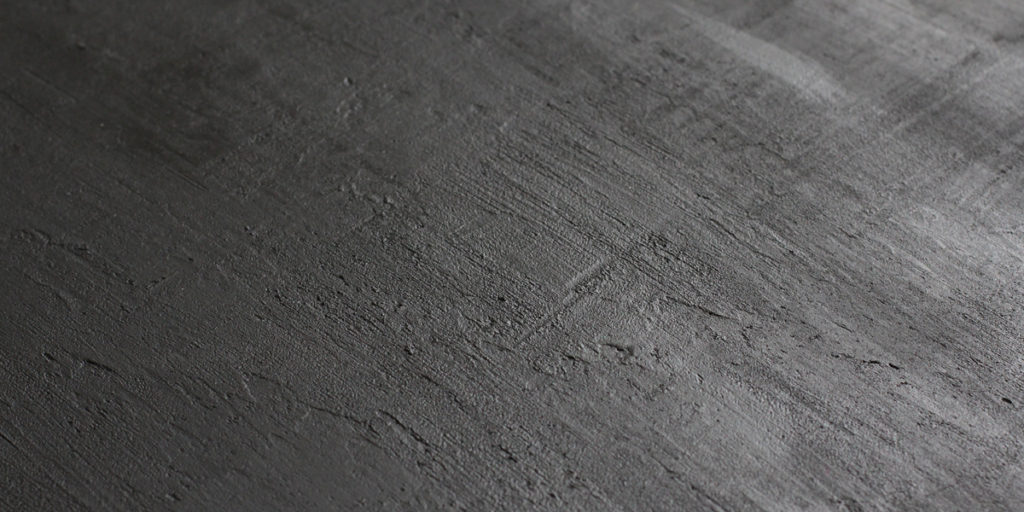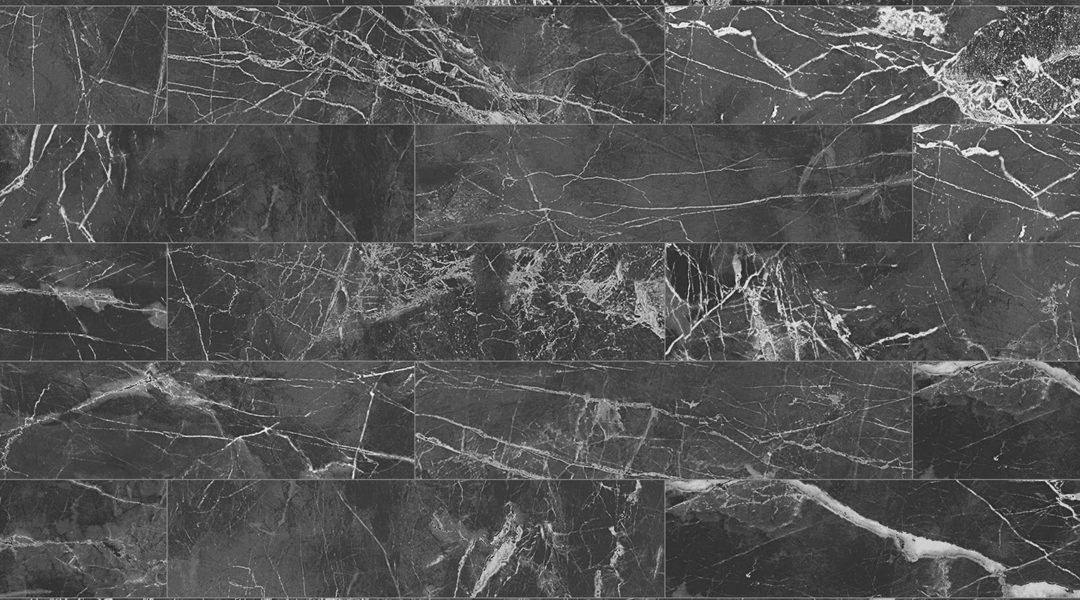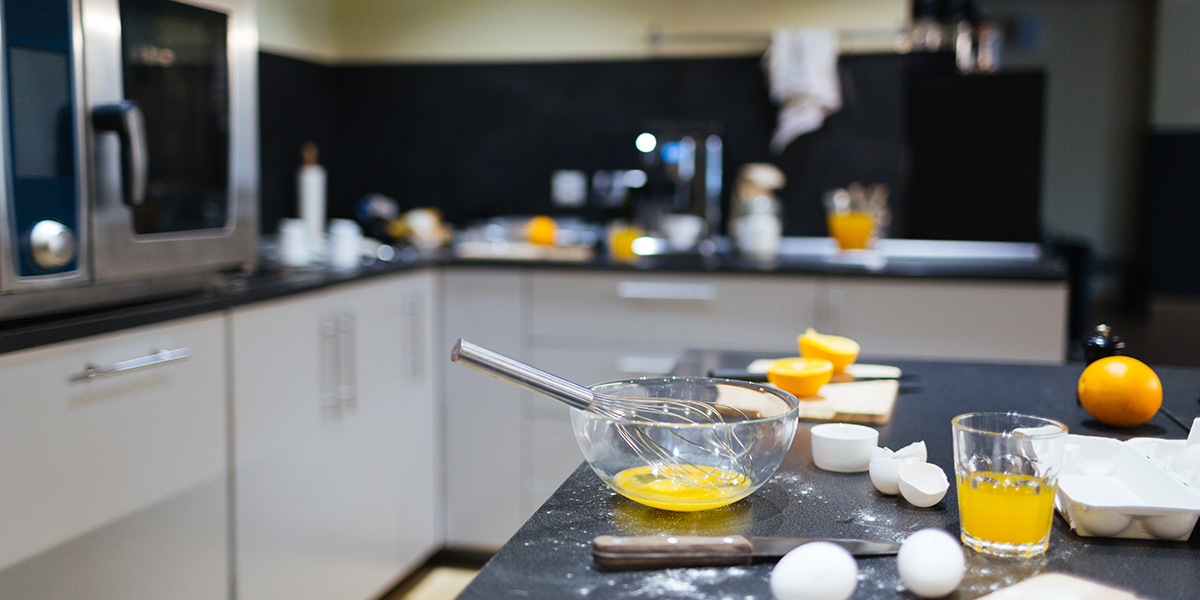One of our favorite natural stones to work with is soapstone. It is also a favorite for customers who are looking for high-quality natural stone counters. Knowing how popular the stone is means we know how much confusion swirls around the stone. This is why we want to clear the air regarding soapstone and, hopefully, help guide you on your stone shopping journey.
Download Our Natural Stone Care Guide — Click Here
The first thing to know about soapstone counters is that, in a process similar to oxidation in metals, they may darken over time. The stone’s new coloration is known as a patina. This is neither a pro nor a con—it really is subjective from one homeowner to the next. Some find soapstone’s transformative quality as a beautiful trait, while others find it less appealing.
While it is a durable stone, soapstone is susceptible to chipping. If you were to drop a cast iron skillet on the counter, for example, it is likely to chip. Cutting food directly on the countertop can also leave behind scratch marks on the surface. These scratches may be buffed out with sandpaper, though some may also find an appeal in some unique markings. It should also be noted that the stone can have a rough texture, which can then leave behind scratches on porcelain or glassware.

Soapstone detail shows its unique texture.
Well, that’s enough on the downside of things, let’s talk about the positive. Soapstone is nonporous, which means no sealing required. This means soapstone is a low-maintenance, stain-resistant stone. This also means that soapstone is a hygienic stone: reducing the risk of bacterial growth—this especially makes the stone great for a chef’s countertop. A stone which is resistant to heat is also great for a chef’s kitchen. Thankfully, soapstone also holds this quality.
Cleaning a soapstone counter is a pain-free process. Often, a simple dishrag and an all-purpose kitchen cleaner or mild soap will do the trick. For the stone’s patina, applying mineral oil to the counter helps the coloration stay consistent and will help the stone retain its luster and beautiful appearance.
If you have your senses tingling for a truly unique stone, soapstone meets this demand as well. No two cuts of soapstone are exactly alike. Depending on where the stone is quarried, it is available in many shades of grey—from an almost pure white to a deep charcoal. Cuts of stone may also feature unique veining. The stone may also contain small hints of blue, green, or pink hues.
Finally, for the homeowner, soapstone carries the promise of a return on investment. If and when you decide to move from your house, leaving soapstone counters behind is a real boon for the house’s market value.
From a stonecutter’s perspective, soapstone’s high talc content makes it easy to cut with a regular circular saw and finer details can be added with a diamond-tipped masonry blade.





